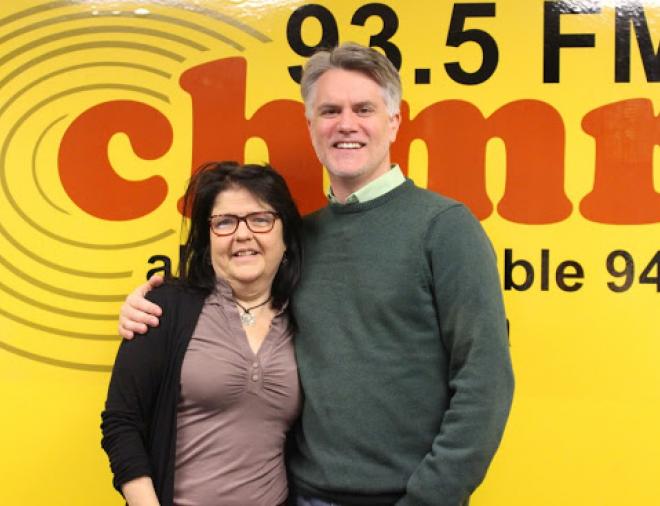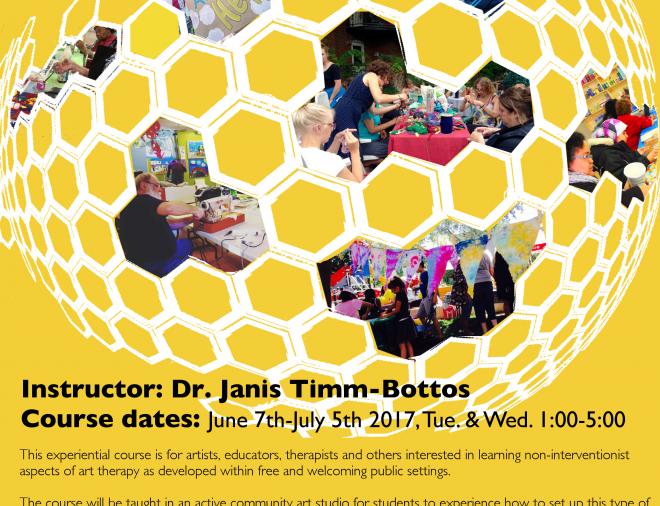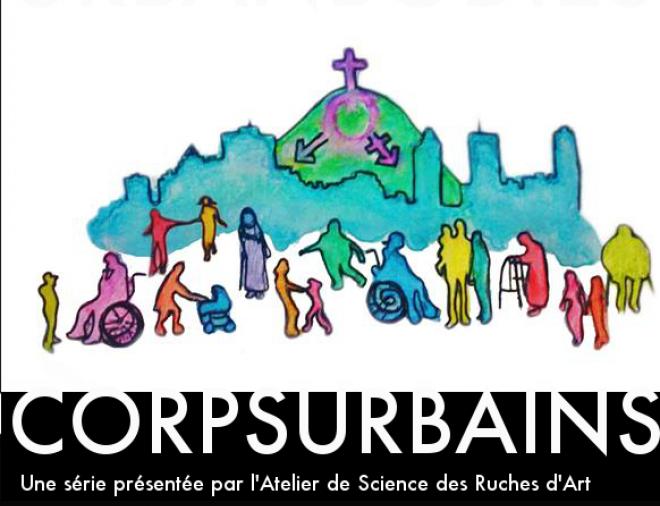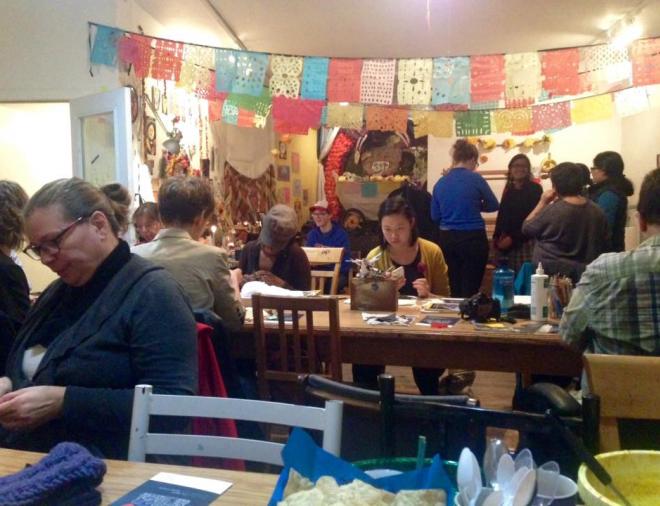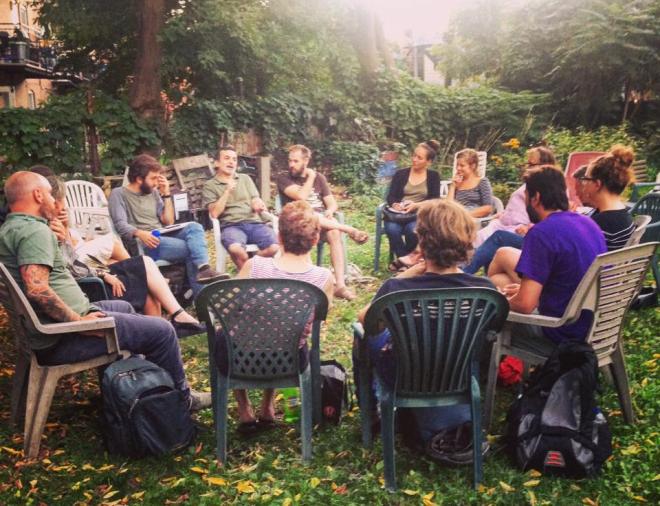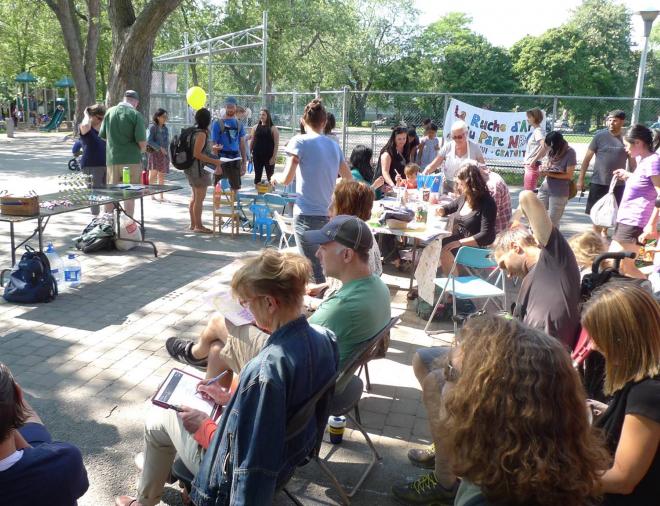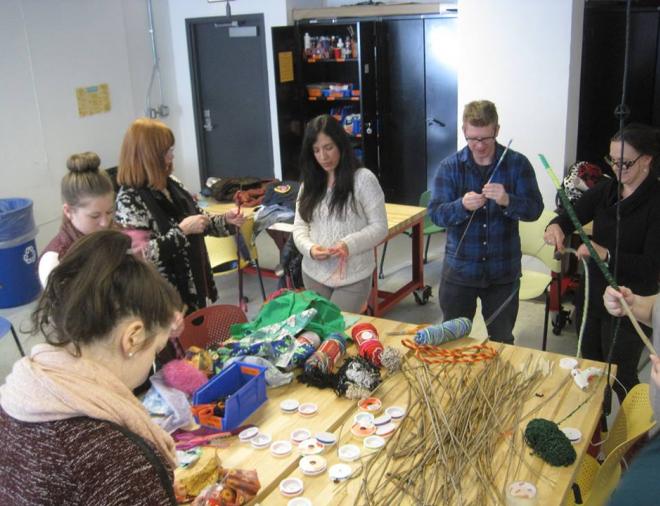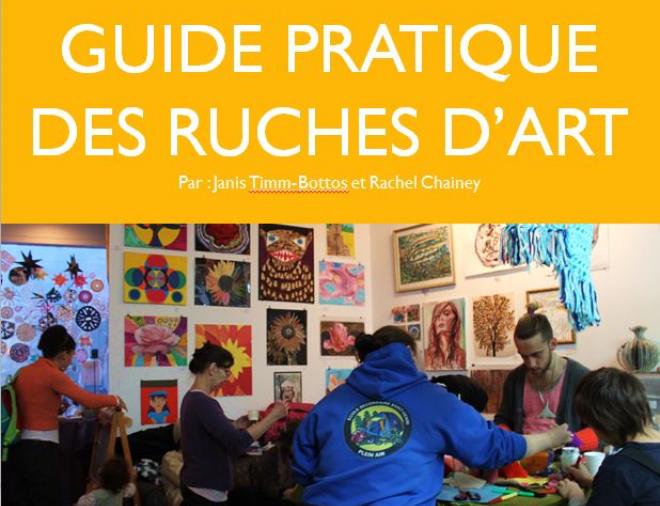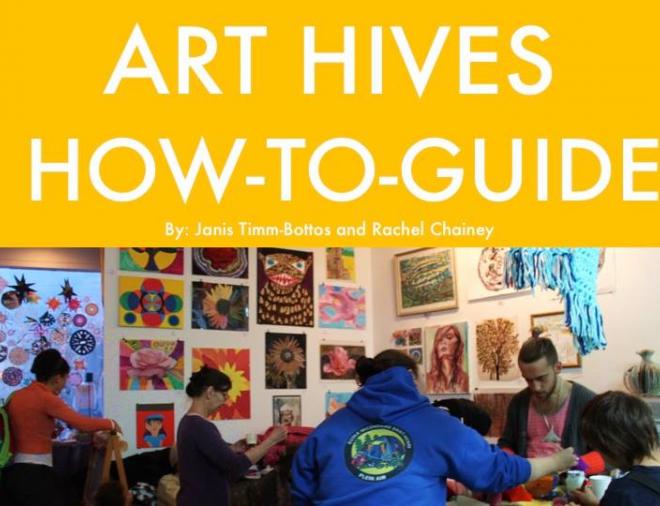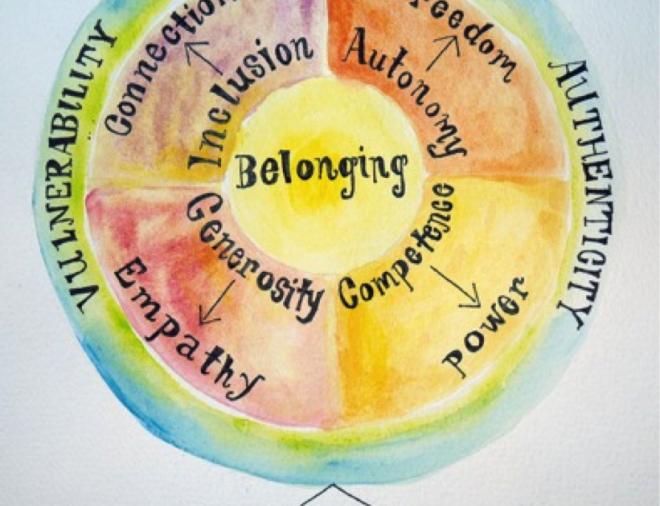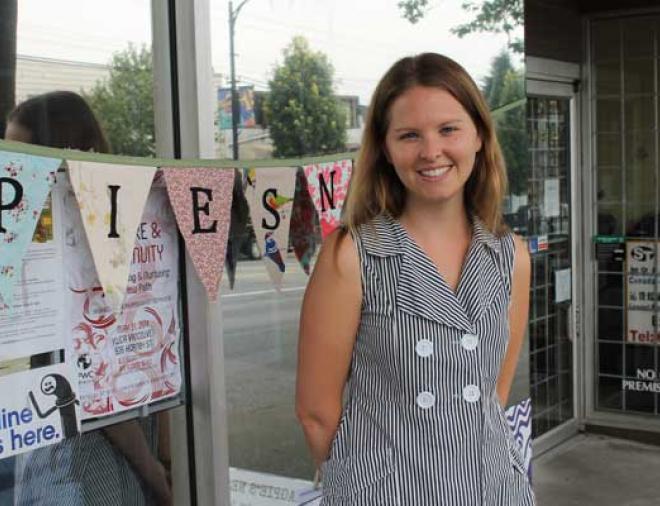Dr. Leah Lewis is an assistant professor at Memorial University, counseling psychologist, creative arts therapist and project lead of the Open Art Studio or Art Hive in St.John's, NL.
Art Hives are forms of community based practice, grounded is social justice and art therapy frameworks. Also known as open studios, art hives create publicly accessible spaces for people to gather, exchange, and make art.
